
The idea that our universe might be a hologram is not just science fiction but a hypothesis gaining traction among scientists. This intriguing theory posits that all the information that makes up our 3D reality is contained on a 2D surface, challenging our understanding of space, time, and reality itself.
The Holographic Principle
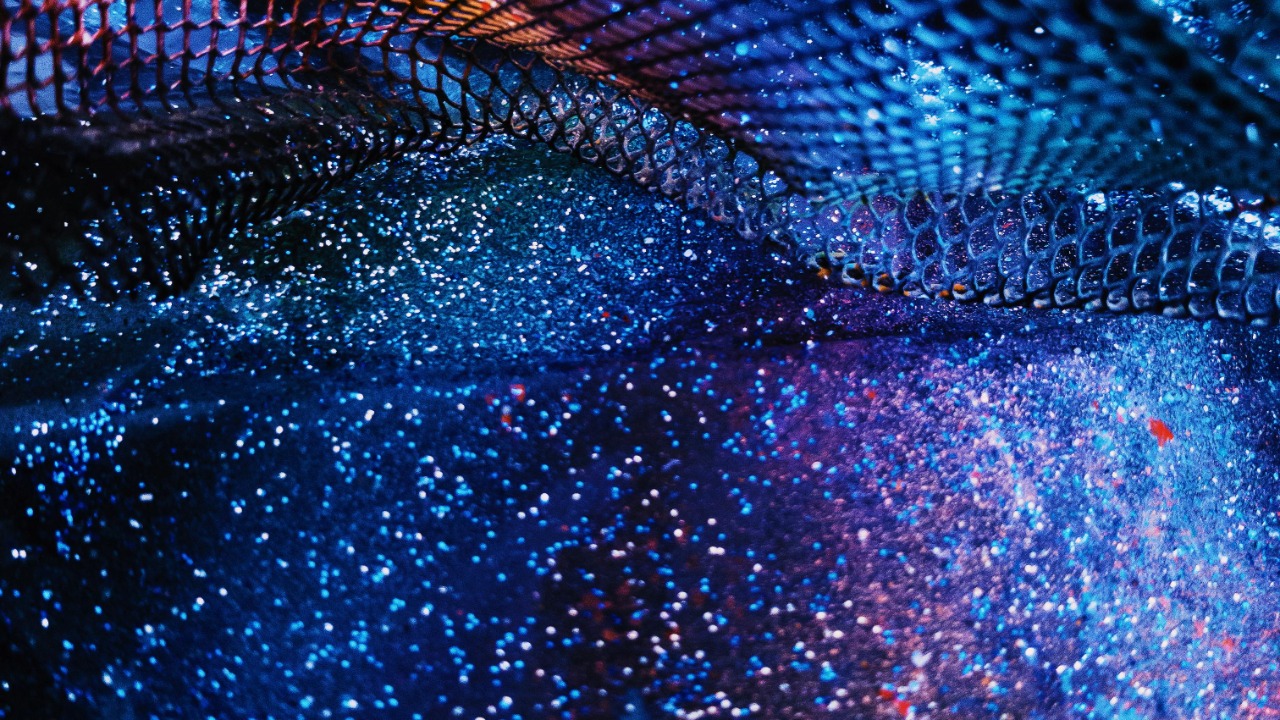
The holographic principle is a bold concept that has its roots in theoretical physics. It suggests that our entire universe can be understood as a two-dimensional surface that carries all the information necessary to describe our three-dimensional world. This principle was primarily developed from studies on black holes, where scientists found that the information swallowed by a black hole is not lost but rather imprinted on its surface area, hinting at a 2D encoding of 3D data.
Key figures such as Leonard Susskind have been instrumental in developing this hypothesis. Susskind’s work on black holes and string theory has been pivotal in fleshing out the details of the holographic principle. His insights suggest that understanding black holes can lead to a deeper comprehension of the universe’s fundamental structure. The holographic principle also aligns with the work of renowned physicists like Gerard ‘t Hooft, who laid the groundwork for these avant-garde ideas.
Scientific Evidence and Theories
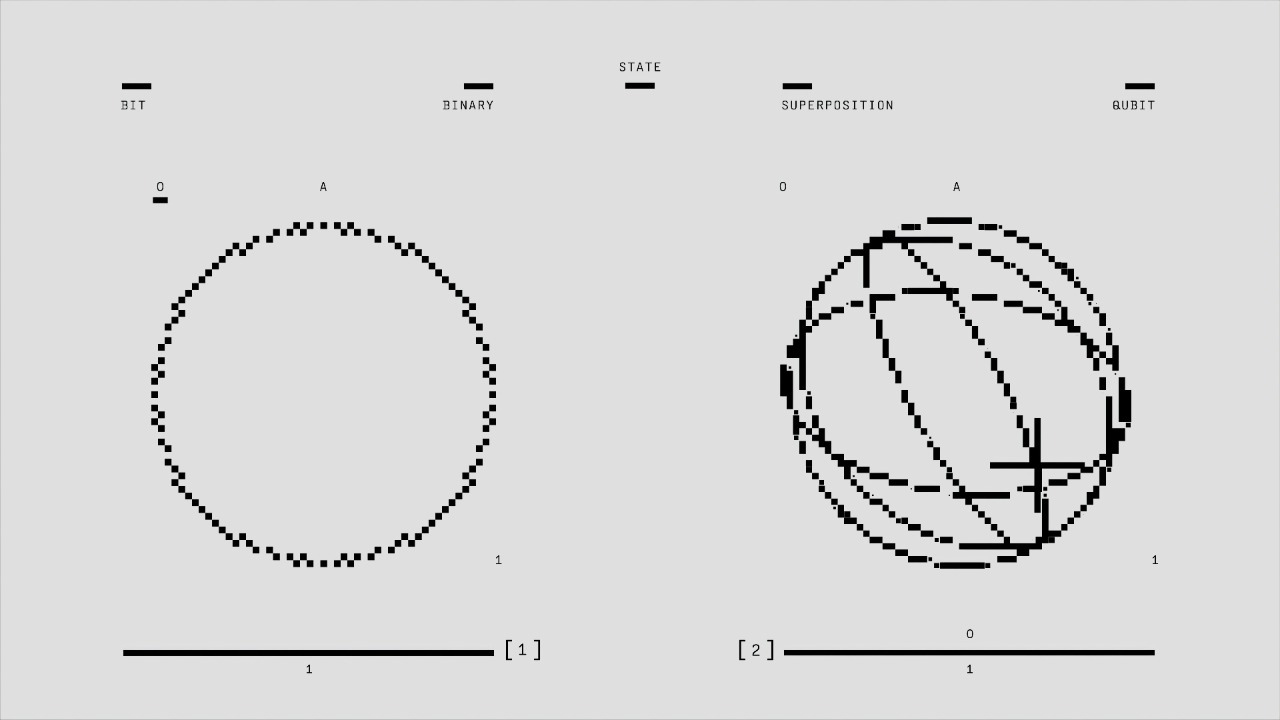
Recently, scientific experiments and observations have begun to lend weight to the holographic universe theory. Quantum physics, with its strange and counterintuitive findings, provides a fertile ground for the holographic principle. Moreover, string theory plays a crucial role in supporting this hypothesis by suggesting that particles are not point-like but rather one-dimensional strings, potentially resonating in a holographic universe.
Despite these intriguing developments, the theory is not without its critics. Many scientists argue that the evidence is still inconclusive and that the holographic principle, while mathematically elegant, lacks empirical support. Some researchers remain skeptical about the practical implications of this theory, pointing out that more concrete experimental data is needed to substantiate such a radical shift in our understanding of reality.
Implications for Our Understanding of Reality
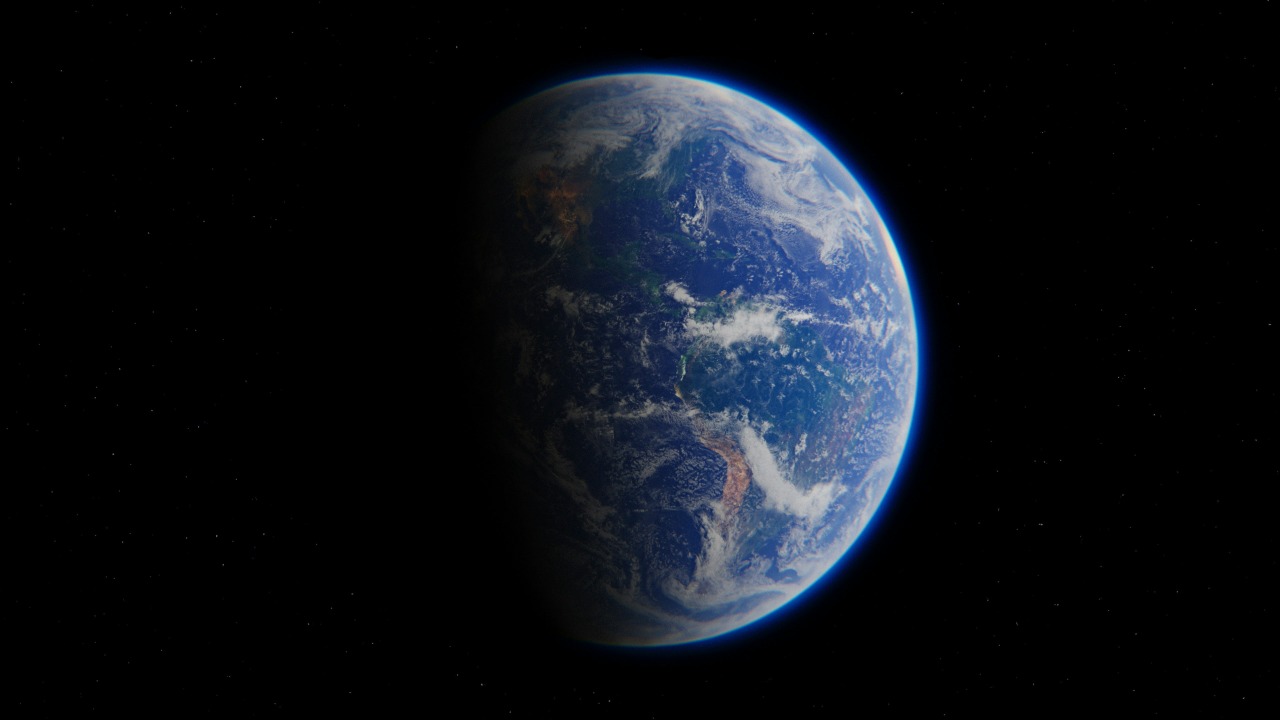
If the holographic principle holds true, it could radically reshape our understanding of space and time. The notion that our 3D universe is actually a projection from a 2D surface would challenge the very fabric of how we perceive reality. This could lead to groundbreaking advancements in fields such as cosmology and quantum mechanics, potentially unlocking new technologies and computational methods.
The philosophical implications are equally profound. Living in a universe that is essentially a hologram raises questions about the nature of existence and the potential for other dimensions. It could alter our perception of consciousness and the universe’s ultimate design. The holographic principle might also inspire novel technological innovations, possibly revolutionizing fields like virtual reality and data storage.
Comparisons to Simulation Theory
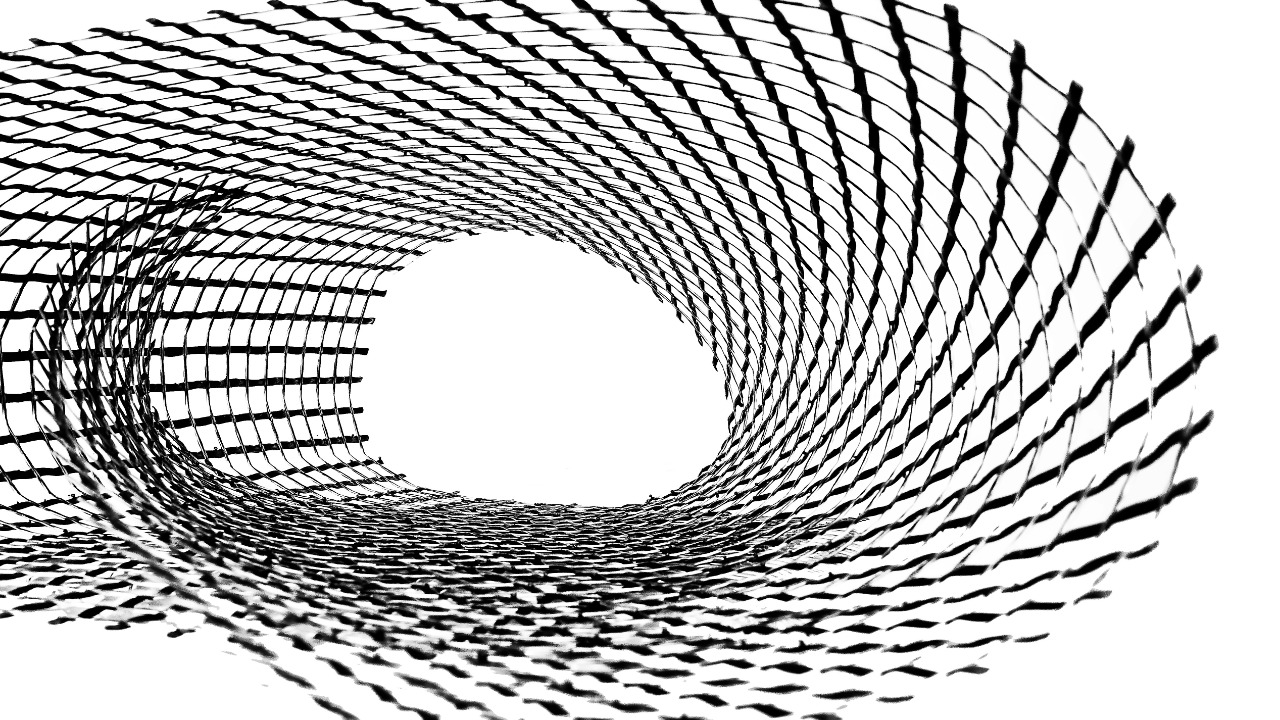
The simulation hypothesis is another fascinating theory that often gets compared to the holographic universe idea. While both propose that our perceived reality might not be what it seems, they differ in key areas. The holographic principle suggests a physical reality encoded on a two-dimensional surface, whereas simulation theory posits that our universe could be an artificial simulation run by advanced beings.
Popular culture has explored these concepts extensively, with movies like “The Matrix” and literature delving into the possibility of simulated or holographic realities. While both theories stretch the imagination, they encourage us to question the nature of our existence and the limits of human understanding. Despite their differences, each theory offers a unique perspective on the universe’s mysteries.
Future Directions in Research
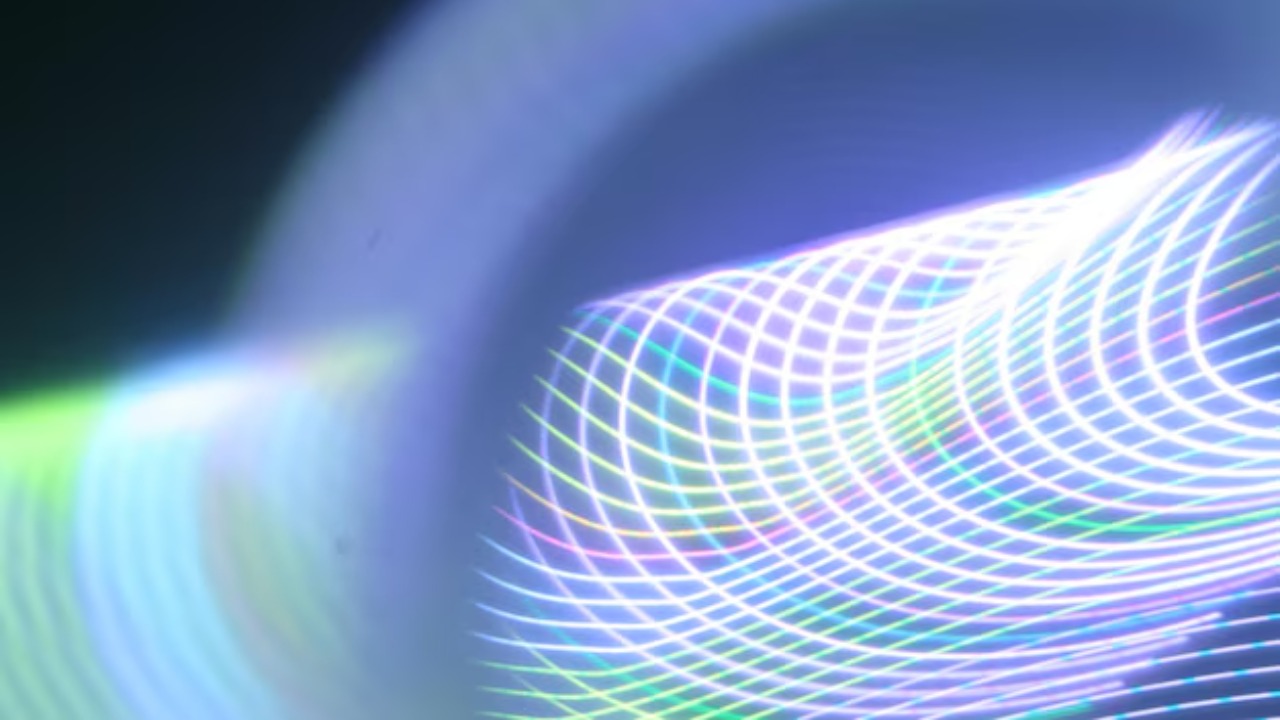
Ongoing research aims to further test the holographic principle, with scientists leveraging cutting-edge technology to explore this enigmatic theory. Advanced telescopes and quantum computers are at the forefront of this research, offering new ways to probe the universe’s depths and potentially confirm the holographic hypothesis.
As we look to the future, scientists are optimistic about potential breakthroughs in understanding the universe’s true nature. Over the next decade, research in this field could lead to significant advancements in physics and cosmology, opening new doors to the mysteries of space and time. With each new discovery, the possibility of a holographic universe continues to captivate and challenge the scientific community, pushing the boundaries of what we know about reality.